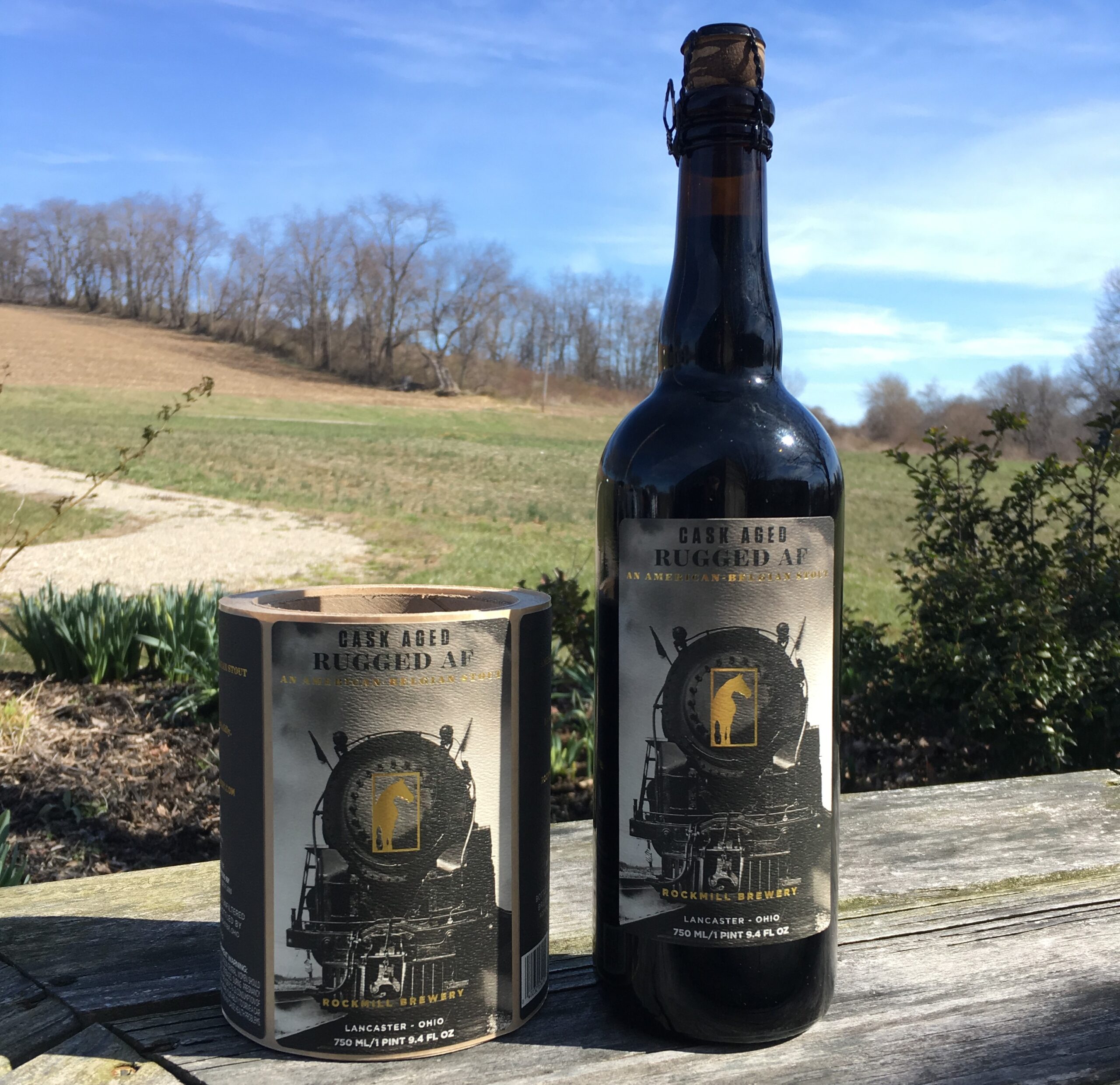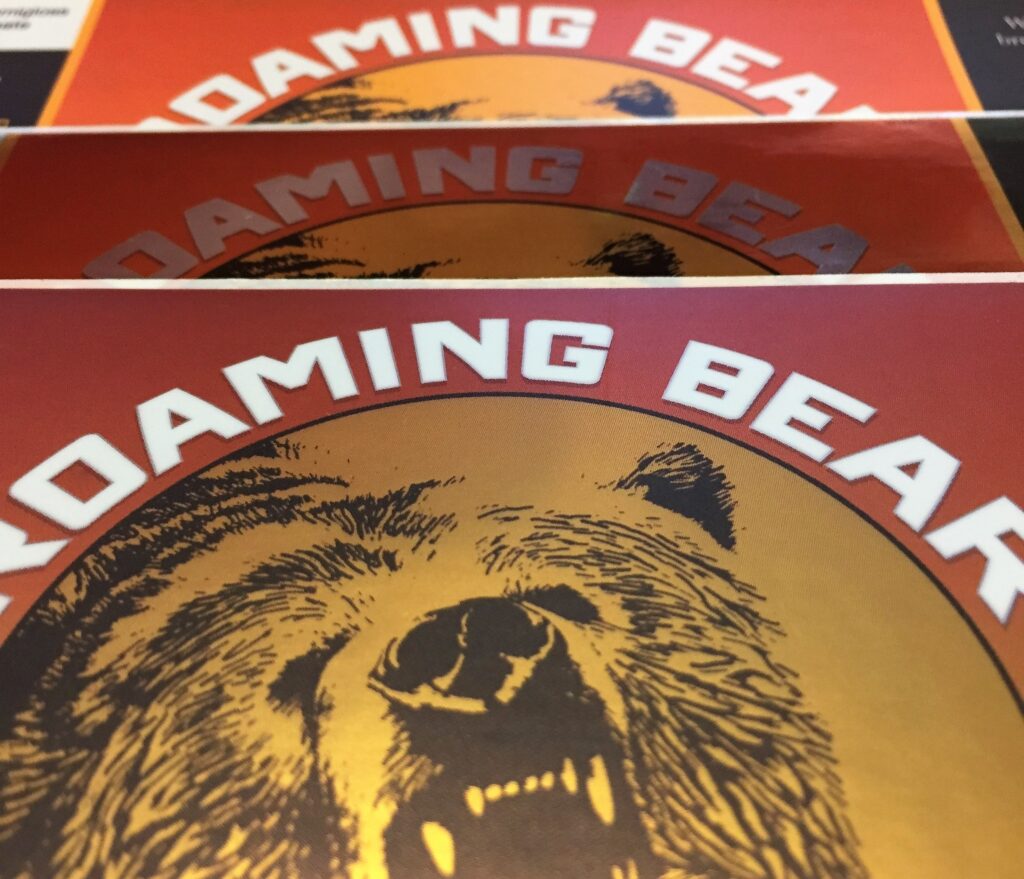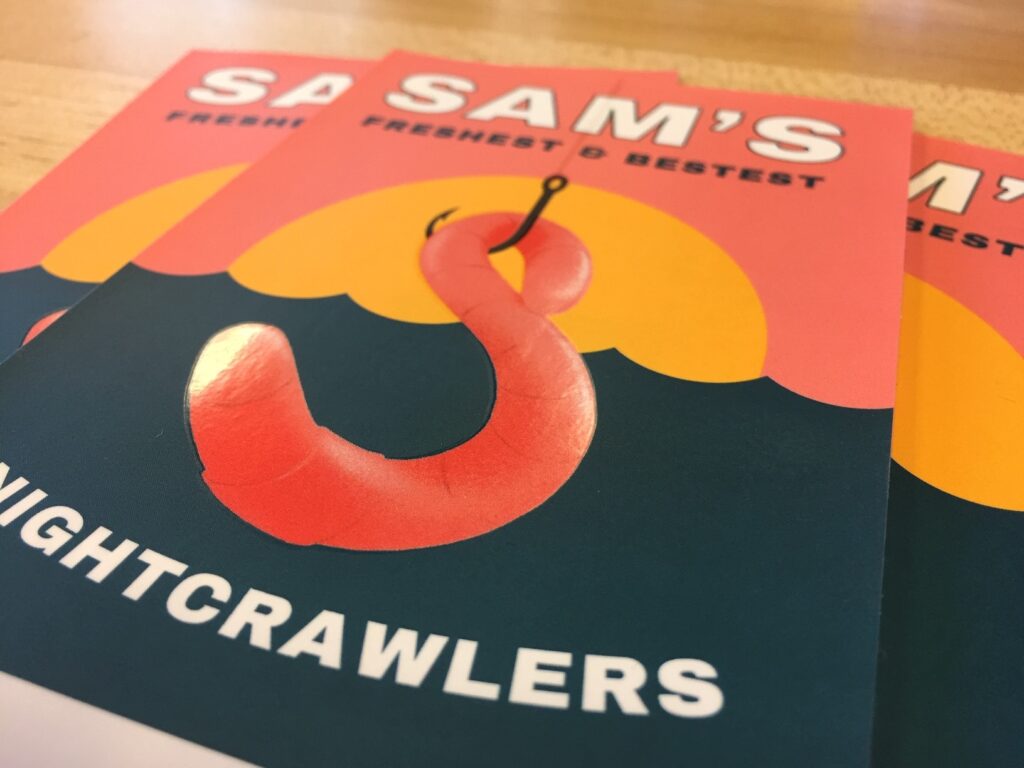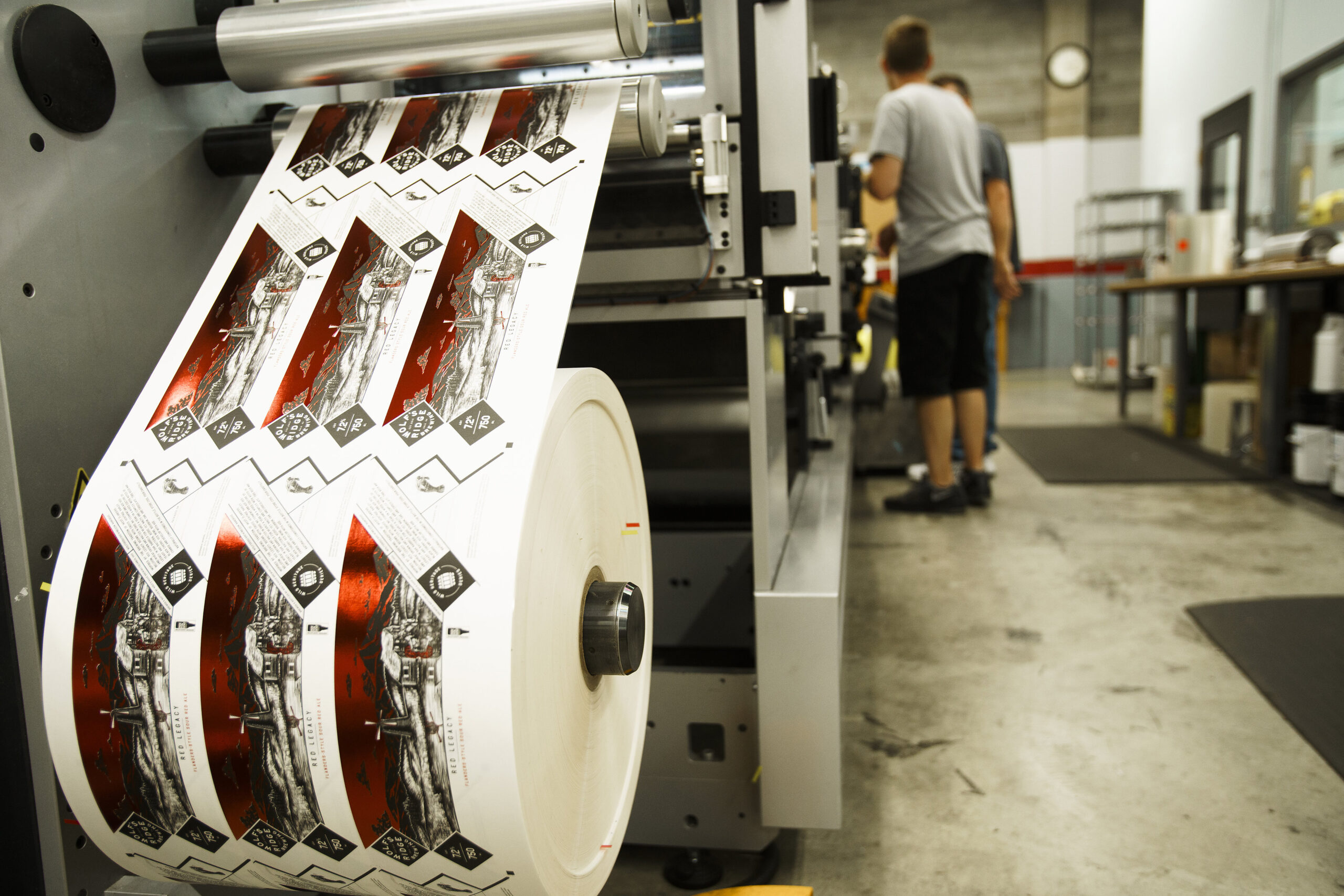The Shelf Life of Labels: 6 Factors That Impact How Long Your Labels Last
Nothing lasts forever, and that includes your product labels. Even the most attractive packaging can lose its luster over time, whether it’s because of a preventable accident or an unavoidable change. Damaged or outdated labels won’t help your business, so it’s important to know the factors that can impact the lifespan of your labels so that you make sure you get the most out of your investment.
Sunlight
You may enjoy a sunny day, but long-term exposure to the sun is a problem for your labels. Ultraviolet rays break down the chemical bonds found in inks over time, which essentially has a bleaching effect. As a result, exposure to sunlight causes your label designs to fade.
While you can’t completely protect you labels from sunlight, you can delay its effects. Label laminates and UV coatings add a layer of protection that lessens the effect of sunlight, like how sunscreen shields skin. While fading will still occur over time, these solutions notably slow down the process so your labels stay vibrant for as long as possible.

Water and Other Fluids
Paper labels don’t play well with water, which is a serious problem for any labels that are refrigerated, encounter water during the application process, or interact with any other slippery situations. Even paper stocks with higher wet strength will absorb water and other fluids over time. This can cause them to distort and even fall off eventually. For this reason, it’s strongly suggested to use film stocks and laminates for any labels that need some degree of water resistance.
Scuffs and Scratches
The quality of your product packaging says a lot about your goods. A big scratch or scuff on your labels won’t send the right message to potential customers. Instead of dealing with damage when it happens, there are ways to shield your labels from unwanted friction that can occurs during shipping and handling. Laminates and varnishes add a layer of protection so that your product labels can endure more wear and tear and customers pay attention to your branding instead of unsightly damage.
Adhesive Material
No company wants to get stuck with labels that don’t stick to its products. There are a variety of factors that can impact the long-term success of a label adhesive. Some adhesives are better suited for use with water, whether it’s for a product that’ll sit in a steamy bathroom or get submerged in a cooler full of ice. Sometimes the containers you use are better suited for a strong acrylic-based adhesive. No matter the environment, it’s important to work with a label expert who can identify which adhesive makes sense for your products.
Label Regulation Changes
Depending on your product, you’re not the only person who has a say in what goes on your label. Various government organizations have specific compliance standards for a wide range of products, covering everything from food and drink to beauty products and vape juice. These regulations can change over time, which means what were once completely compliant cannabis product labels could become obsolete after new legislation. As a result, it’s important to stay up to date on label compliance and to work with a label printing company that provides order flexibility.
Rebrands or Other Label Changes
Change isn’t always an unexpected development. At some point, you may decide that your business is due for a rebrand, or you may simply refresh your product label designs. In this case, you’ll need to transition from your old labels to new ones to show off your new logo, color scheme, or other design change you’ve made to the aesthetic of your packaging. Fortunately, you can plan for these changes and work with a printing company to have new, eye-catching labels ready when it’s time to update your labels.

Prepare for the Future with Long-Lasting, Durable Labels
Whether you need to guard your packaging or prepare for the unknown, it’s important to work with the right printing company to get the most out of your labels. Thanks to an investment in state-of the art digital label printing equipment and technology, Blue Label offers both protective label capabilities and order flexibility to help you prepare for long after your product labels go out to market.
If you need quality, cost-effective product labels that are made to last, we can help. Contact Blue Label today to talk to one of our experts about how we can help you get the most out of your durable labels.

